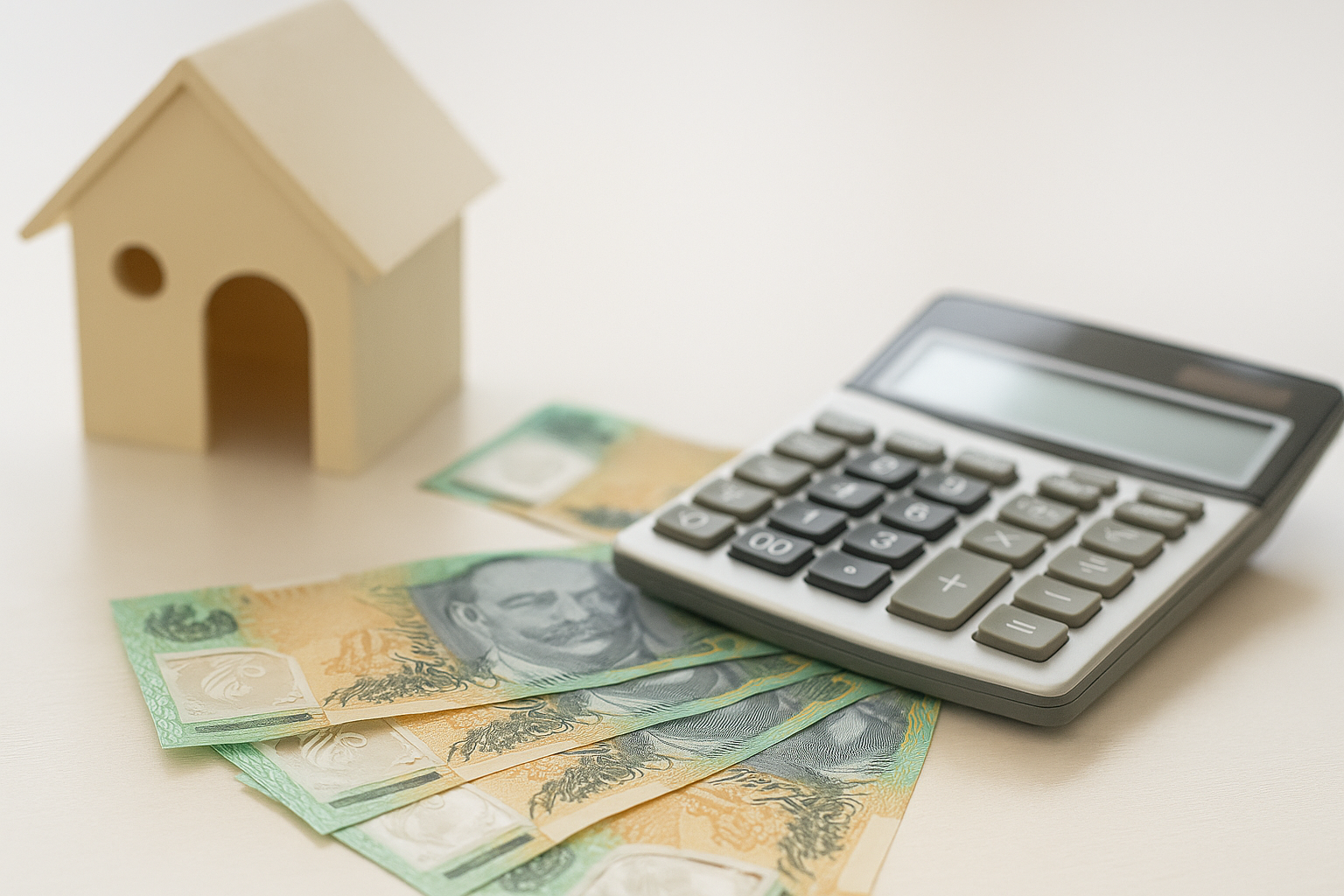How to Enter the Market with a Small Deposit – A First Home Buyer’s Survival Guide
Saving a 20% deposit feels impossible for many first home buyers in NSW, especially when property prices in major suburbs remain high. But the good news is you don’t always need 20% to buy your first home. Whether you’ve saved 5%, 10%, or somewhere in between, there are legitimate paths into the market—if you understand your options.
💡 1. You Don’t Need 20% Deposit to Buy a Home
Many first home buyers assume they need to save 20% of the purchase price to qualify for a loan. That’s not always true. Most lenders will accept a smaller deposit—as little as 5%—if other parts of your application are strong.
For example, if you’re buying a $650,000 apartment, a 5% deposit is $32,500. The remaining $617,500 would be covered by the loan. Yes, it means a higher Loan-to-Value Ratio (LVR), but it can get you into the market much sooner.
🛡️ 2. What Is LMI and How Can You Avoid It?
Lenders Mortgage Insurance (LMI) is usually charged if your deposit is under 20%. It protects the lender—not you—in case you default. For a $600,000 loan with 10% deposit, the LMI could be around $12,000 to $15,000.
But there are ways to avoid LMI, even with a smaller deposit:
- First Home Guarantee (FHBG) – Buy with 5% deposit and pay no LMI.
- Professional LMI Waivers – Doctors, nurses, accountants, and lawyers may qualify for waived LMI up to 90% LVR with certain lenders.
- Family Guarantee – A parent can use the equity in their home to guarantee part of your deposit.
👨👩👧 3. How Family Support Can Help
If your parents or a close family member want to help, there are two common options:
- Gifted Deposit – A one-time cash gift, usually accompanied by a signed statutory declaration confirming it’s not a loan.
- Guarantor Loans – A family member provides equity from their own property to secure your loan. This means you can borrow up to 100% (including costs) with no LMI.
Always seek legal advice before entering a guarantor arrangement.
🏘️ 4. Consider Rentvesting
Rentvesting means buying where you can afford, while renting where you want to live. This is a growing trend among younger buyers who want to enter the market but don’t want to compromise on lifestyle.
Example: Instead of buying a $950,000 one-bed apartment in Sydney’s inner suburbs, you buy a $550,000 townhouse in Newcastle, rent it out, and continue renting in Sydney for work.
This lets you:
- Build equity in your investment property
- Benefit from potential capital growth
- Still live near work or lifestyle hubs
📊 5. When Is LMI Worth Paying?
Sometimes, waiting to save 20% can cost you more in the long run than paying LMI now.
If property prices are rising 5–10% annually, getting in sooner—even with LMI—could mean gaining equity faster.
Let’s say:
- Property is $700,000 now
- You wait 2 years to save 20%
- Price grows to $770,000
That’s $70,000 of growth you’ve missed. Meanwhile, a $13,000 LMI might have been your ticket in.
🧾 6. Smart Borrowing Tips for Low Deposit Buyers
- Get pre-approval before house hunting.
- Keep your credit score clean: pay bills and cards on time.
- Minimise other debts (credit cards, personal loans).
- Show evidence of genuine savings (not just gifts).
- Consider lenders with flexible policies via a mortgage broker.
Final Thoughts
Having less than 20% deposit isn’t the end of your home ownership dream. In fact, with the right strategy, it could be your way in sooner.
Whether it’s using government schemes, tapping into family support, or making the most of your borrowing power—we’re here to guide you through the process and tailor the right plan for your situation.
Book a free chat with us today. We’re here to help you make smart moves, not just fast ones.


